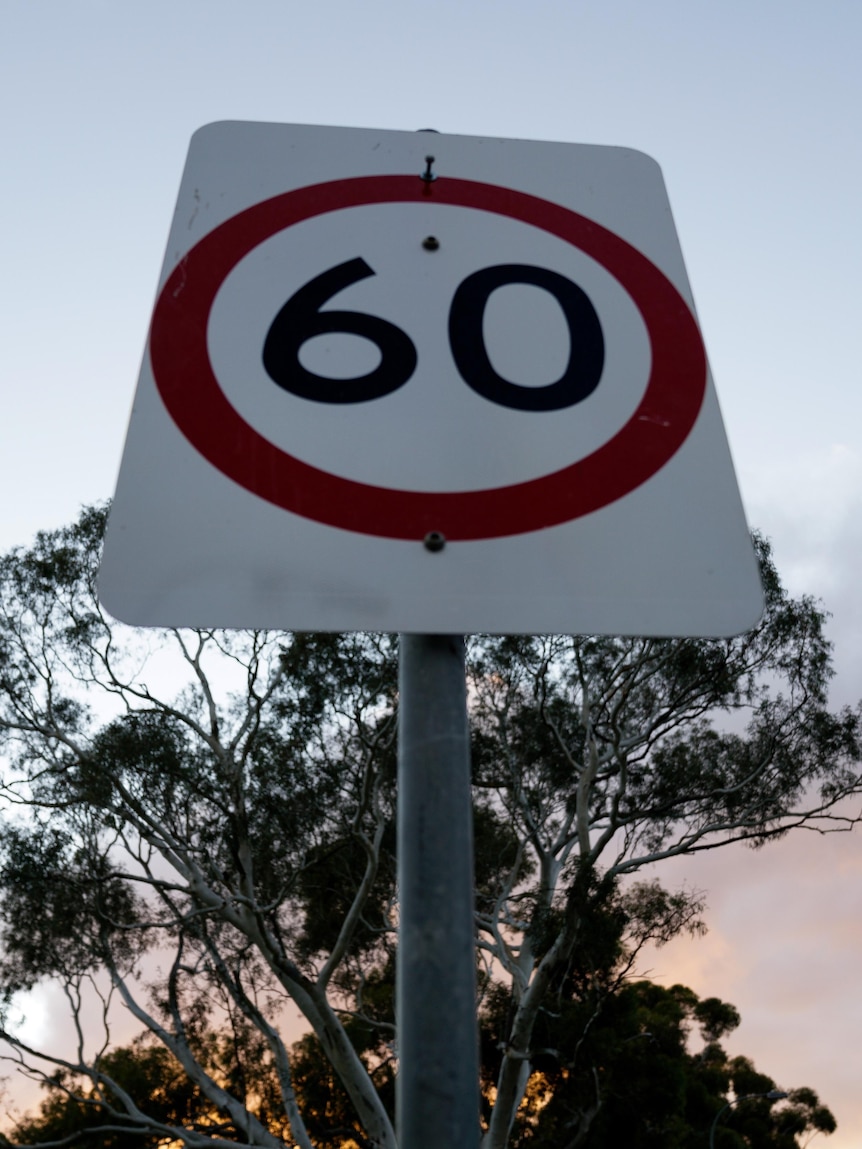A motorist has successfully appealed a speeding conviction in South Australia’s Supreme Court, despite initially being found to have been travelling more than 50 kilometres per hour over the speed limit.
Kristian Zefi was nabbed for allegedly speeding along Seacombe Road, in Seacliff Park, on October 26, 2022.
But late last month he won an appeal with the Supreme Court, quashing the original magistrates court decision.
Justice Malcolm Blue found police had not proven that the speed gun had been operated correctly.
In his judgement, Justice Blue said the affidavit from Senior Constable Lee Greenwood — which stated the radar gun had shown Mr Zefi was driving his Holden Commodore at 111kph in a 60kph zone — was not enough to prove his guilt.
“It is not possible to draw an inference that Senior Constable Greenwood correctly operated the LIDAR (speed gun),” Justice Blue said.
“It may well be that he did so, however it is simply speculative on the evidence adduced as to whether he did so.
“It follows that the evidence was incapable of proving correct operation of the LIDAR and hence of proving that Mr Zefi’s Commodore was travelling at 111 kilometres per hour.
“Given this conclusion, I have no option but to acquit Mr Zefi of the offence.”
‘The rifle is accurate within itself’
Justice Blue said police must not just prove that the speed camera was accurate through calibration certificates, but also prove that it had been operated properly.
He said the magistrate made an error when they “reversed the onus of proof” and asked the defence to prove the radar gun had not been operated correctly.
“The obvious analogy is that a rifle may be perfectly made and accurate within itself, but if it is not skilfully used on a particular occasion the target will likely be missed,” Justice Blue said.
“To pursue the rifle analogy, the certificate procedure may assist the prosecution to prove that the rifle is accurate within itself, but it says nothing as to the person using it.
“Appropriate use of the device on the particular occasion had to be proven by the prosecution to the normal standard of proof, beyond reasonable doubt.”
Justice Blue said it was not possible from the evidence to determine if Senior Constable Greenwood had been trained correctly on how to use the radar gun.
Mr Zefi’s lawyer Karen Stanley said the case was not about the accuracy of the speed camera itself but how it was used.
“It did not call into question the accuracy of LIDAR devices, either in this case or generally,” Ms Stanley said.
“The onus is on the prosecution to prove the charge, which includes proving that the LIDAR gun used was properly operated.
“The judgement found that in this particular case, prosecution had not proved that the device used to detect Mr Zefi’s vehicle was properly operated.”
James Marcus, a member of the Law Society of South Australia’s Criminal Law Committee, said while this judgement may potentially set a precedent for others in a similar situation, the unique circumstances of the trial meant it would be unlikely to happen again.
“This event arose because of the unique way in which the evidence in this case played out, and no doubt this judgement will serve as a guide for future prosecution that [they] will not make the same mistake twice,” he said.
Mr Marcus said a procedural failure from the prosecutors allowed Mr Zefi to successfully appeal the judgement.
He said SA Police would likely distribute the details of the judgement to its prosecutors, to ensure a similar mistake won’t be repeated.
“They may go as far as to hold professional development about it,” he said.
“But I imagine having a judgement published that says, ‘This occurred’, they will take heed of that, and I doubt such a situation would arise again.”
South Australia Police would not be drawn on whether the case created a precedent.
In a statement, SA Police said it was unable to comment as the appeal period was not over.




